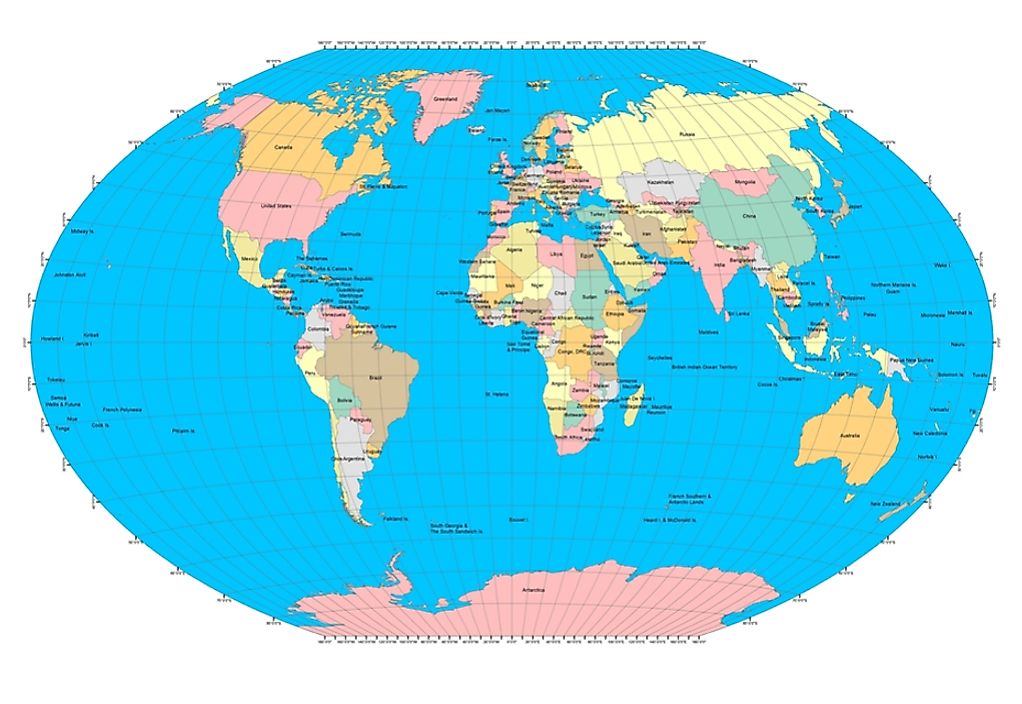What Is an Absolute Location?

Expressing Location
People use location to explain where certain places, or even other people, may be found on the globe at any given time. In some cases, location may be permanent and used to express where a specific object or place is situated. Being able to accurately express location is crucial for a number of fields of science as well as other non-academic areas of life, but it is particularly important for geographers. Geographers use two types of locations to express where something exists: relative and absolute. This article discusses absolute locations.
What Is an Absolute Location?
An absolute location is an exact and precise point that indicates the specific location of a particular object or place. Absolute locations are often expressed in terms of longitude and latitude, which are also known as geographic coordinates. Geographic coordinates provide the absolute location of a particular object in relation to the prime meridian and the equator. Lines of latitude indicate how many degrees north or south of the equator a position is situated (written as: 35°N). On the other hand, lines of longitude indicate how many degrees east or west of the prime meridian a particular place is located (written as: 43°W). These lines cross each other, creating a grid-like pattern, across the face of the globe. The absolute location of the Taj Mahal, for example, is 27° 10’ N and 78° 2’ E.
Absolute locations may also be given as an expression of an exact address. When an individual is unfamiliar with longitude and latitude, exact addresses are far more helpful. In this case, one would provide the street number, street, city, state or district, and country as a means of offering an absolute location. In contrast, a relative location, for example, could be something as simple as “the pharmacy in New York City that is located near Central Park." The absolute location of that same place would be expressed in the following way: “1245 Fifth Ave, New York City, New York, US.”
Difficulties of Using Absolute Locations
Use of an absolute location is both a precise and accurate manner of communicating exactly where a particular object or place is situated. Despite this accuracy, actually using absolute locations can be difficult in practice. This measurement of location is ideal for smaller buildings, objects, or other monuments. However, objects that cover a larger area are less suited for the use of absolute locations. Examples of objects that cover large areas include states, provinces, regions, countries, rivers, oceans, and seas. In these cases, the absolute location would be too exact and only mark a point within a much greater territory. Most individuals resort to using relative locations in these instances, as it provides an easier to understand measurement of location. For example, to describe the relative location of the country of Peru, one might offer the following description: a nation located on the Pacific coast of South America, where it shares borders with Chile, Ecuador, Brazil, Colombia, and Bolivia. A specific monument within the country, like Machu Picchu, could then be found with the help of an absolute location.











